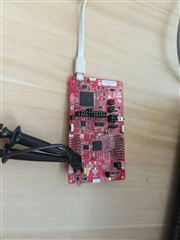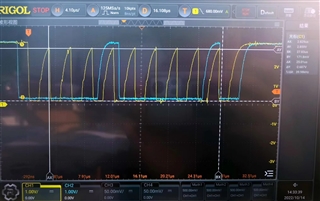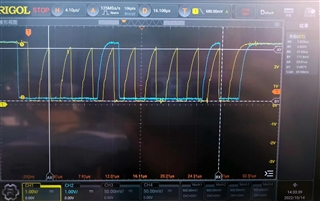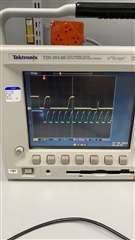Hi team,
Here's the request from the customer:
When burning i2copt3001_cpp into CC3235S-LAUNCHPAD, although the communication can be successfully established, the waveform has the following problems when measuring the SCL waveform:
- The rising edge rises too slowly
- The low level pulled down by CC3235S is not 0, there is a half-high level of 250mV.
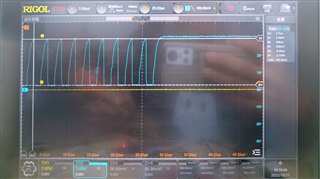
Although this phenomenon does not affect the communication, does this mean that there are some problems with the pin output when the CC3235S controls the I2C? At the same time, customer measured the SDA line and found that the above two problems also exist, but when the slave sends an ACK signal or writes data to the bus, it can pull the low level to 0V, which shows that the slave's control of the bus is no problem.
This phenomenon exists in both customized boards with a 4.7K pull-up resistor and the CC3235S-LAUNCHPAD.
Could you help check this case? Thanks.
Best Regards,
Nick


